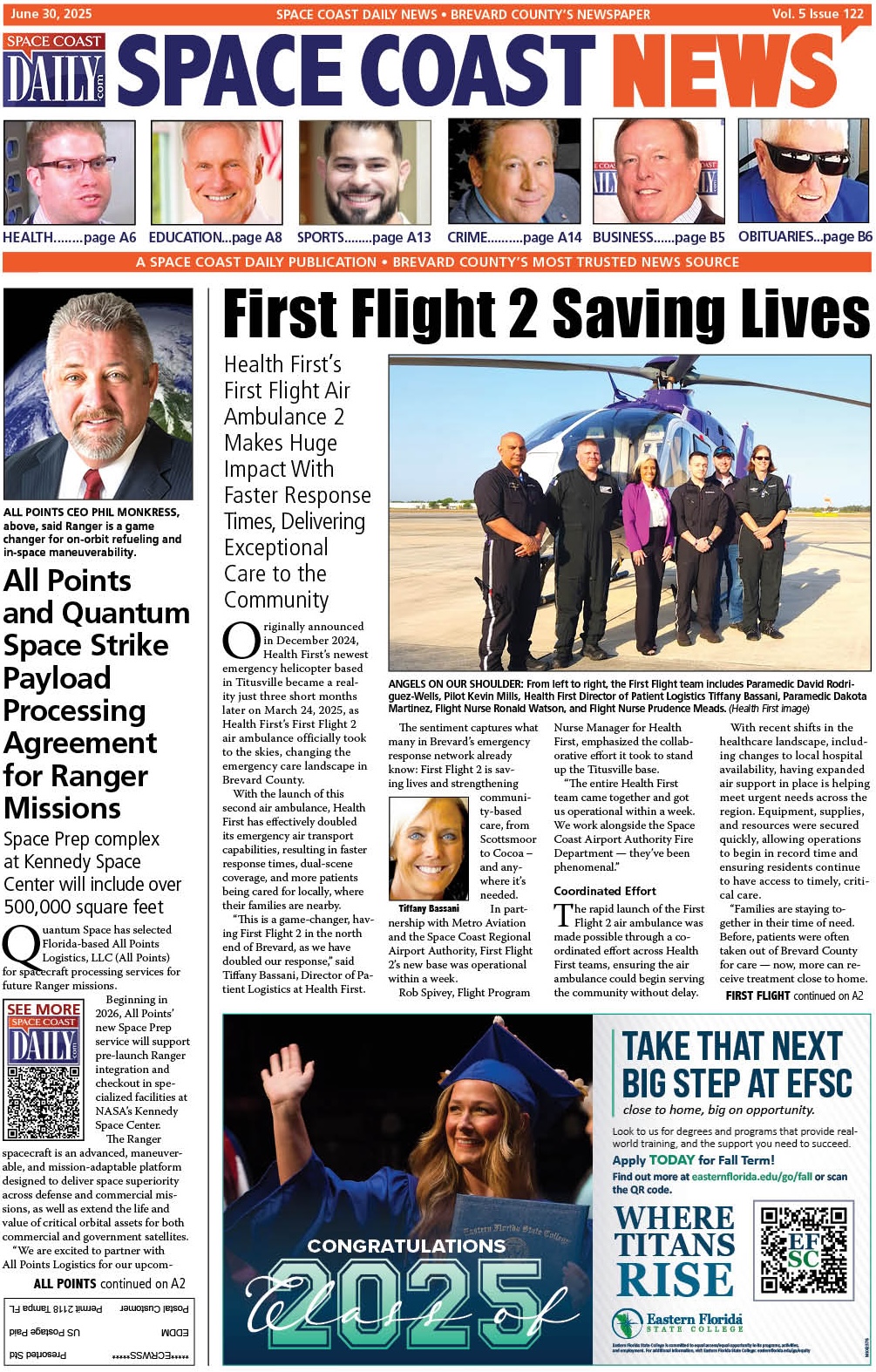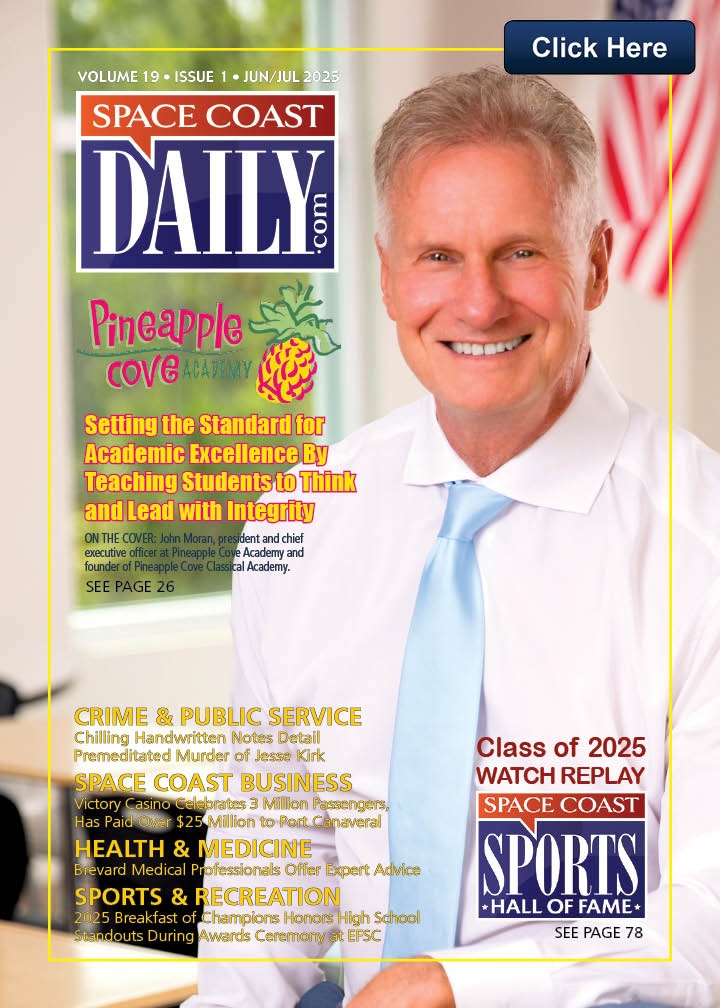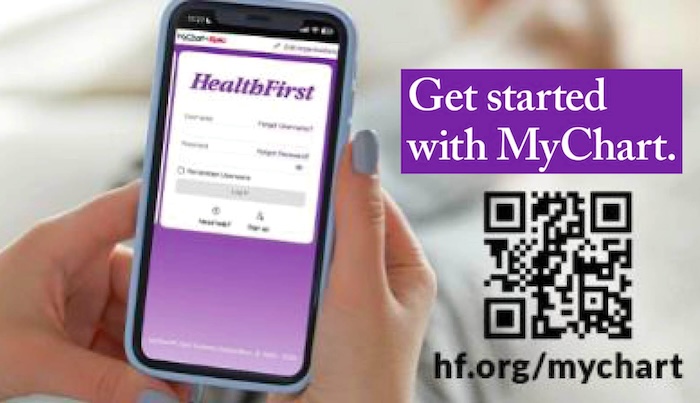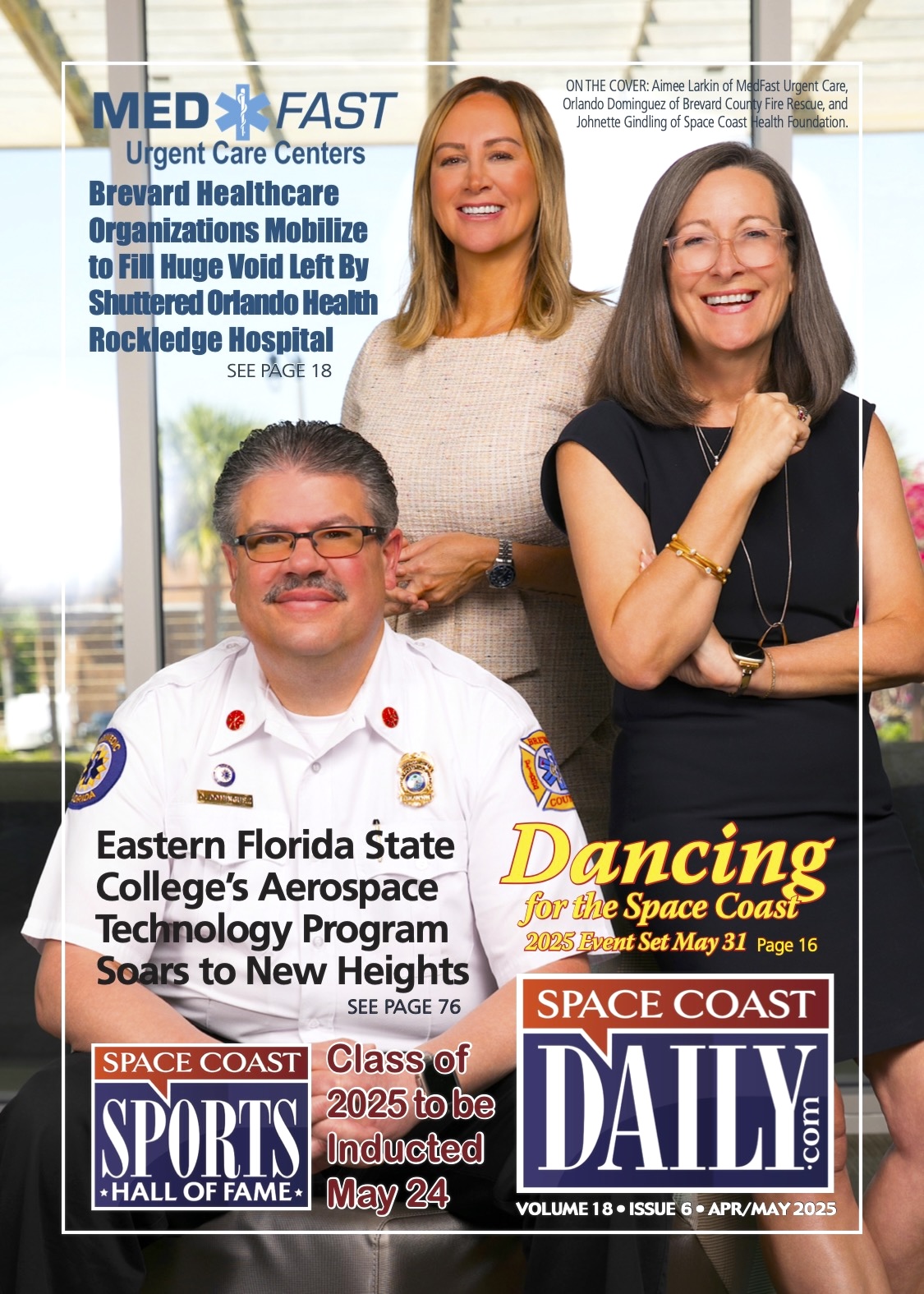Florida Fish and Wildlife Establishes Two New Critical Wildlife Areas In Brevard
By Space Coast Daily // July 31, 2016
20 CWAs throughout Florida

The Florida Fish and Wildlife Conservation Commission (FWC) is moving forward with a significant effort to conserve Florida’s most vulnerable wildlife throughout the state, including the Stick Marsh Rookery in Brevard County, a small area in the northeast corner of the marsh; and BC49 in Brevard County, a spoil island in the Indian River Lagoon.
At its June meeting, the Commission recommended staff move forward with efforts to establish a suite of new Critical Wildlife Areas and modify five existing CWAs.
CWAs are established by the FWC under a Florida Administrative Code rule to protect important wildlife concentrations from human disturbance during critical periods of their life cycles, such as breeding, feeding or migration.
“Those of us who are in the conservation business are also in the forever business,” said Commission Chairman Brian Yablonski.
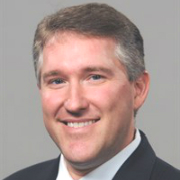
“This is something that as a Commissioner you will remember for the rest of your life. It is a chance to protect wildlife when they are at their most vulnerable.”
FWC staff identified the following potential CWAs.
• Flagg Island, Franklin County
• Lanark Reef, Franklin County
• Withlacoochee State Forest Caves, Citrus County (6 caves)
• Dot-Dash-Dit Islands, Manatee County
• Roberts Bay Islands, Sarasota County
• Pine Island Sound, Lee County (3 islands)
• Estero Bay, Lee County (3 islands)
• Stick Marsh Rookery, Brevard County (small area in NE corner of marsh)
• BC49, Brevard County (spoil island in Indian River Lagoon)
• Port Orange Colony, Volusia County (spoil island in Halifax River)
FWC staff requested modifications for five existing CWAs:
• George Causeway, Franklin County
• Alafia Banks, Hillsborough County
• Myakka River, Sarasota County
• Rookery Island, Collier County
• Bird Islands, Duval and Nassau counties
All of the proposed CWAs would protect shorebirds, seabirds or wading birds except the Withlacoochee Caves, which would protect southeastern myotis and tricolored bats. In addition to nesting birds, Lanark Reef also has a significant diamondback terrapin population which would benefit from CWA protections.
For a site to be established as a CWA, the landowner must support the designation and the land must host a significant concentration of wildlife subject to disturbance. All of the sites announced today, with the exception of Alafia Banks, occur at least in part within state-owned lands or waters.
Staff are working with landowners, stakeholders and partners like Audubon Florida to further develop the proposed boundaries and closure dates. The FWC will also hold public workshops in each area to solicit public input on the proposals.
Visit MyFWC.com/CWA and click on “CWA public workshops” for more information about public meetings.
Staff will update the Commission on progress at the September meeting and the completed proposals will be considered for final approval at the November meeting.
“Audubon is proud of the FWC’s leadership in protecting these critical locations for some of Florida’s most iconic and vulnerable species,” said Julie Wraithmell, Deputy Executive Director for Audubon Florida.
“Giving these species the space they need to nest in peace helps ensure they’ll be here for generations to come.”
Disturbance is a primary factor affecting bird nest productivity. When adults are disturbed, they fly from their nests, leaving eggs or young birds exposed to heat and predation.
Human disturbance can cause wildlife to abandon high-quality habitat that is necessary for their survival. Currently there are 20 CWAs throughout Florida, which are managed for shorebirds, wading birds, bats and gopher tortoises.
For more on Critical Wildlife Areas, go to MyFWC.com/CWA
CLICK HERE FOR BREVARD COUNTY NEWS



